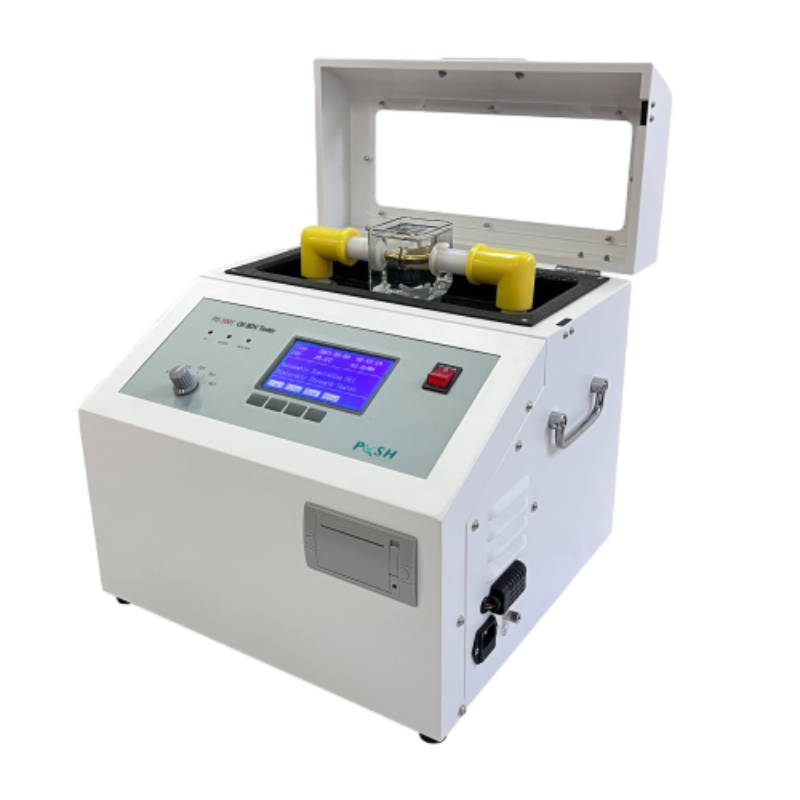 English
English



-
 Afrikaans
Afrikaans -
 Albanian
Albanian -
 Amharic
Amharic -
 Arabic
Arabic -
 Armenian
Armenian -
 Azerbaijani
Azerbaijani -
 Basque
Basque -
 Belarusian
Belarusian -
 Bengali
Bengali -
 Bosnian
Bosnian -
 Bulgarian
Bulgarian -
 Catalan
Catalan -
 Cebuano
Cebuano -
 China
China -
 China (Taiwan)
China (Taiwan) -
 Corsican
Corsican -
 Croatian
Croatian -
 Czech
Czech -
 Danish
Danish -
 Dutch
Dutch -
 English
English -
 Esperanto
Esperanto -
 Estonian
Estonian -
 Finnish
Finnish -
 French
French -
 Frisian
Frisian -
 Galician
Galician -
 Georgian
Georgian -
 German
German -
 Greek
Greek -
 Gujarati
Gujarati -
 Haitian Creole
Haitian Creole -
 hausa
hausa -
 hawaiian
hawaiian -
 Hebrew
Hebrew -
 Hindi
Hindi -
 Miao
Miao -
 Hungarian
Hungarian -
 Icelandic
Icelandic -
 igbo
igbo -
 Indonesian
Indonesian -
 irish
irish -
 Italian
Italian -
 Japanese
Japanese -
 Javanese
Javanese -
 Kannada
Kannada -
 kazakh
kazakh -
 Khmer
Khmer -
 Rwandese
Rwandese -
 Korean
Korean -
 Kurdish
Kurdish -
 Kyrgyz
Kyrgyz -
 Lao
Lao -
 Latin
Latin -
 Latvian
Latvian -
 Lithuanian
Lithuanian -
 Luxembourgish
Luxembourgish -
 Macedonian
Macedonian -
 Malgashi
Malgashi -
 Malay
Malay -
 Malayalam
Malayalam -
 Maltese
Maltese -
 Maori
Maori -
 Marathi
Marathi -
 Mongolian
Mongolian -
 Myanmar
Myanmar -
 Nepali
Nepali -
 Norwegian
Norwegian -
 Norwegian
Norwegian -
 Occitan
Occitan -
 Pashto
Pashto -
 Persian
Persian -
 Polish
Polish -
 Portuguese
Portuguese -
 Punjabi
Punjabi -
 Romanian
Romanian -
 Russian
Russian -
 Samoan
Samoan -
 Scottish Gaelic
Scottish Gaelic -
 Serbian
Serbian -
 Sesotho
Sesotho -
 Shona
Shona -
 Sindhi
Sindhi -
 Sinhala
Sinhala -
 Slovak
Slovak -
 Slovenian
Slovenian -
 Somali
Somali -
 Spanish
Spanish -
 Sundanese
Sundanese -
 Swahili
Swahili -
 Swedish
Swedish -
 Tagalog
Tagalog -
 Tajik
Tajik -
 Tamil
Tamil -
 Tatar
Tatar -
 Telugu
Telugu -
 Thai
Thai -
 Turkish
Turkish -
 Turkmen
Turkmen -
 Ukrainian
Ukrainian -
 Urdu
Urdu -
 Uighur
Uighur -
 Uzbek
Uzbek -
 Vietnamese
Vietnamese -
 Welsh
Welsh -
 Bantu
Bantu -
 Yiddish
Yiddish -
 Yoruba
Yoruba -
 Zulu
Zulu
gas chromatography unit
Gas Chromatography An Essential Tool in Analytical Chemistry
Gas chromatography (GC) is one of the most widely employed techniques in analytical chemistry, used primarily for separating and analyzing compounds that can be vaporized without decomposition. This sophisticated method allows scientists to assess the purity of substances, identify compounds in complex mixtures, and monitor the presence of pollutants in various samples. With its high efficiency, sensitivity, and speed, GC has become an invaluable tool across many fields, including pharmaceuticals, petrochemicals, environmental testing, and food safety.
At its core, gas chromatography operates on the principle of partitioning. The sample mixture is vaporized and carried by an inert gas (the mobile phase, often helium or nitrogen) through a column coated with a stationary phase. As the sample travels through this column, different components interact with the stationary phase to varying degrees, resulting in their separation based on volatility and polarity. The compounds emerge from the GC column at different times, known as retention times, allowing for their identification and quantification.
Gas Chromatography An Essential Tool in Analytical Chemistry
Various types of detectors are utilized in gas chromatography, each with its specific strengths. The most common detectors include flame ionization detectors (FID), thermal conductivity detectors (TCD), and mass spectrometry (MS) detectors. FID, for example, is particularly sensitive to organic compounds and is widely used in environmental studies to detect trace levels of pollutants. In contrast, mass spectrometry provides detailed information about the molecular structure of the compounds, making it an essential tool in the identification process.
gas chromatography unit

One of the significant advantages of GC is its ability to handle complex mixtures. It is especially useful in the analysis of volatile compounds—substances that easily vaporize. For this reason, GC is frequently employed in the analysis of essential oils, perfumes, and flavor compounds in food, where thousands of volatile components may be present. In the pharmaceutical industry, GC can determine the purity of drug substances and identify contaminants, ensuring the safety and efficacy of medications.
In environmental science, gas chromatography plays a critical role in monitoring pollutants. For instance, it is used to analyze air quality by measuring volatile organic compounds (VOCs) and other hazardous substances. Similarly, water samples can be tested for organic contaminants, enabling timely responses to environmental hazards.
Despite its numerous advantages, gas chromatography does have limitations. For instance, GC is primarily suitable for volatile and semi-volatile compounds, meaning that non-volatile substances require different techniques, such as liquid chromatography. Additionally, the separation efficiency is influenced by various factors, including column temperature, flow rate, and the choice of stationary phase. Advanced methods, such as two-dimensional gas chromatography, are being developed to tackle complex mixtures more effectively by enhancing separation capabilities.
The evolution of gas chromatography has seen significant advancements over the years, including automation and the development of micro-scale systems. These innovations have enabled more efficient analyses and have made GC accessible to a broader range of laboratories and applications. Moreover, when combined with other analytical techniques, such as mass spectrometry, GC becomes an even more powerful tool, capable of providing detailed structural information about complex mixtures.
In conclusion, gas chromatography is an essential analytical technique that significantly impacts various industries. Its effectiveness in separating and analyzing volatile compounds makes it a cornerstone of contemporary analytical chemistry. As technology continues to evolve, the capabilities of gas chromatography will likely expand, leading to even greater precision and utility in addressing complex analytical challenges. Whether in environmental monitoring, food safety, or pharmaceutical development, gas chromatography remains a vital instrument in ensuring the quality and safety of our world.
-
Testing Equipment Industry Sees Major Advancements in 2025: Smart & Precision Technologies Lead the WayNewsJun.06,2025
-
Applications of Direct Current Generators in Renewable Energy SystemsNewsJun.05,2025
-
Hipot Tester Calibration and Accuracy GuidelinesNewsJun.05,2025
-
Digital Circuit Breaker Analyzer Features and BenefitsNewsJun.05,2025
-
Benefits of Real-Time Power Quality Monitoring Devices for Industrial EfficiencyNewsJun.05,2025
-
Earth Fault Loop Testing in High-Rise Building Electrical SystemsNewsJun.05,2025



